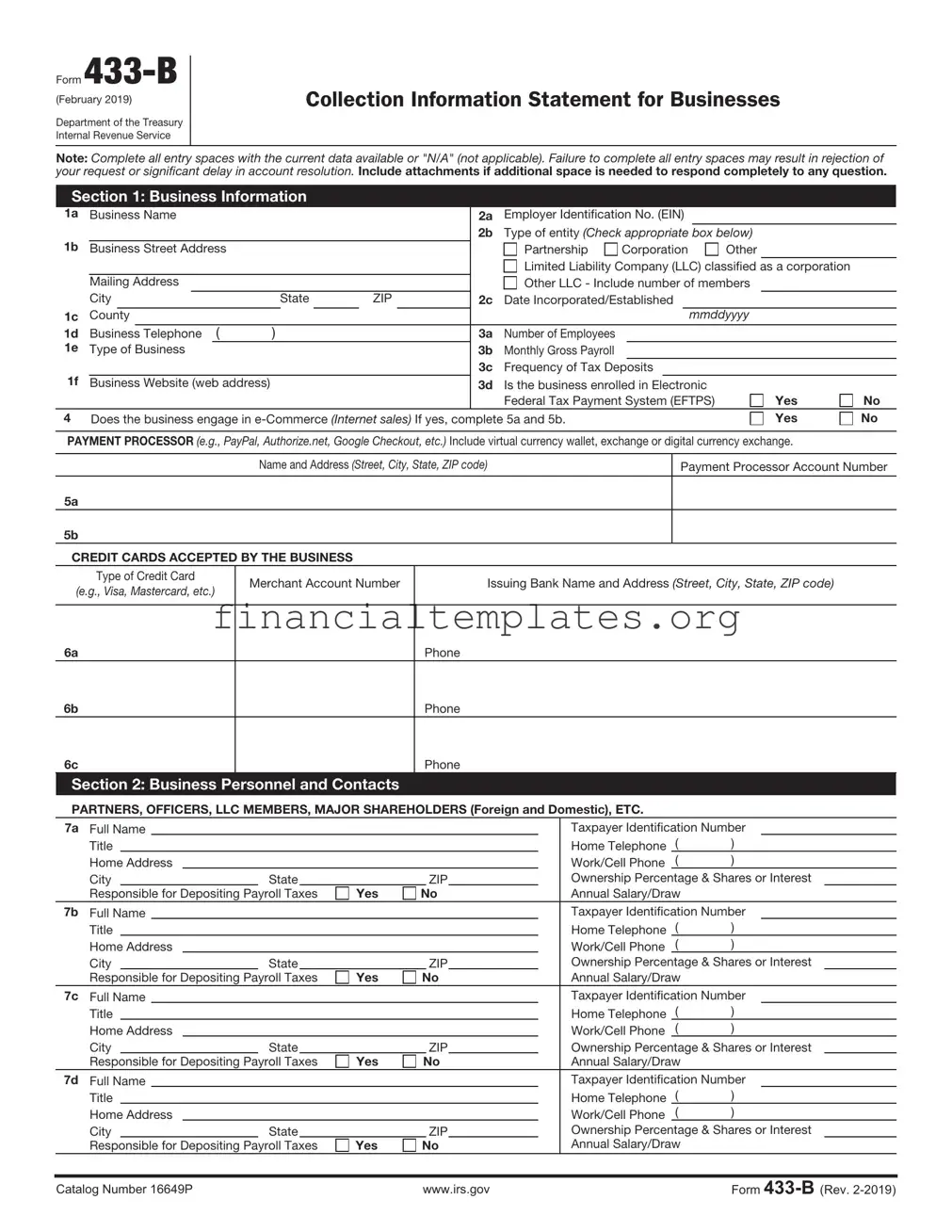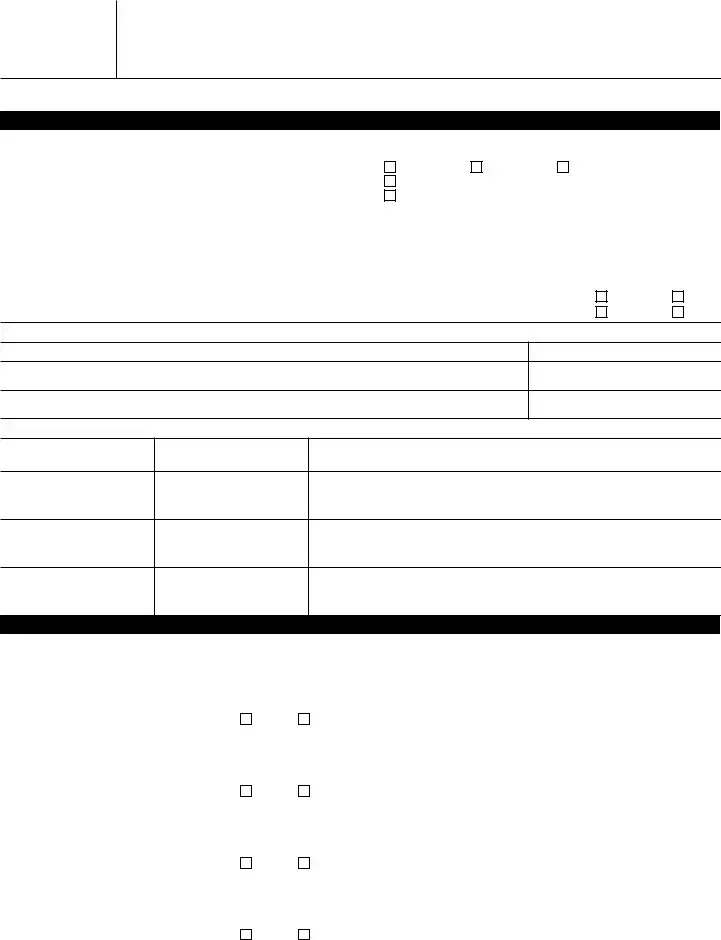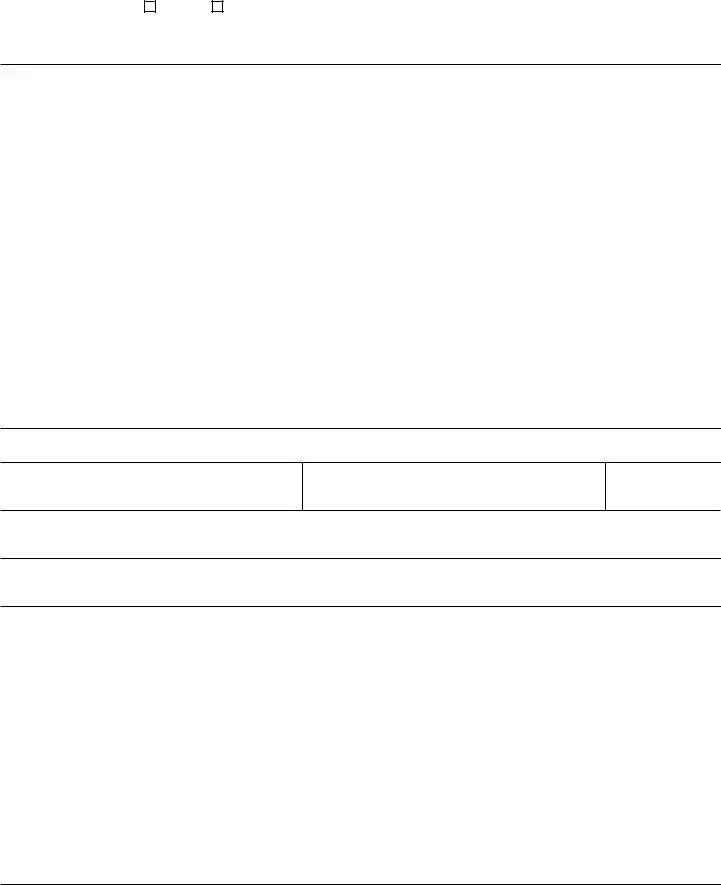The IRS 433-B form, utilized by businesses to provide financial information to the Internal Revenue Service for the purpose of setting up payment plans or resolving tax liabilities, shares similarities with several other documents in terms of structure and purpose. These documents are essential tools in navigating and complying with financial and tax-related obligations both for individuals and businesses.
Similar to the IRS 433-B, the IRS 433-A form is used by individuals rather than businesses to report their financial information to the IRS. This form aids in establishing payment agreements or offers in compromise for personal tax debts. Both forms gather extensive details about the financial state of the entity or individual, including assets, liabilities, expenses, and income, to evaluate the ability to pay back taxes.
The IRS Form 9465, Installment Agreement Request, is another document resembling the 433-B in that it's used to arrange a payment plan for taxes owed to the IRS. While Form 9465 initiates the request for an installment agreement, the 433-B provides the detailed financial information needed to determine the terms of such an agreement for businesses.
Form 656, Offer in Compromise, shares a goal with the 433-B: helping taxpayers settle their tax debts for less than the full amount owed. Where the 433-B helps establish the taxpayer's ability to pay, Form 656 allows them to offer a specific amount to clear their debt, contingent on IRS approval.
The Schedule C (Form 1040), Profit or Loss from Business, is connected to the IRS 433-B in its focus on business finances, specifically reporting income and expenses from a sole proprietorship. While Schedule C summarizes yearly business performance for tax filing, the 433-B offers a more detailed snapshot of current financial status to negotiate tax payment plans.
The Collection Information Statement for Wage Earners and Self-Employed Individuals (Form 433-F) bears resemblance to the 433-B as it is another form designed to collect financial information. However, Form 433-F is tailored for individuals, including self-employed persons, to assist in the resolution of personal tax liabilities, juxtaposed to 433-B’s focus on businesses.
Form 1120, U.S. Corporation Income Tax Return, is in the same realm as the IRS 433-B as they both pertain to business financial affairs. Form 1120 is specifically for corporations to report their income, gains, losses, deductions, credits, and to calculate their federal income tax liability. While it serves a different function, both documents are critical for businesses in managing their tax responsibilities.
The Employment Tax Return forms, such as Form 941, Employer's Quarterly Federal Tax Return, also parallel the IRS 433-B. These forms are required for reporting income taxes, Social Security tax, or Medicare tax withheld from employees' paychecks and are integral to business tax handling. Whilst focusing on payroll taxes specifically, they complement the broader financial picture rendered by the 433-B.
Form SS-4, Application for Employer Identification Number (EIN), while not a financial disclosure form, connects to the 433-B in the business tax process. The SS-4 is essential for new businesses to obtain an EIN, required for tax filings and financial statements, including those potentially leading to the use of form 433-B for addressing tax issues.
The Bankruptcy Forms, specifically those related to Chapter 11 reorganization, can also be associated with the IRS 433-B. These forms provide a comprehensive look at a business’s financial situation to manage debts, similar to how the 433-B outlines financial status for tax resolution purposes. Both processes aim to facilitate financial recovery, albeit through different legal mechanisms.






